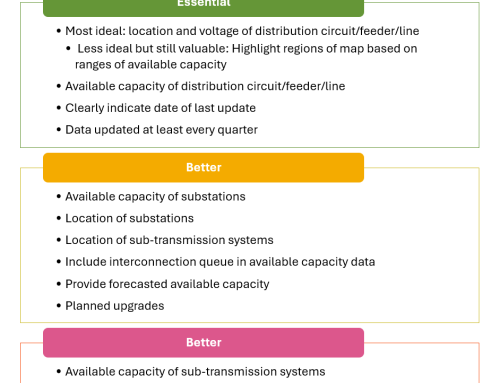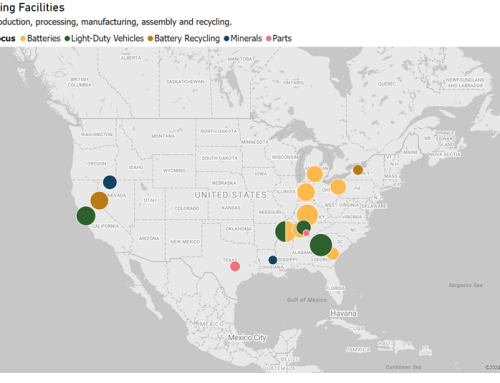
Source: EV Hub
We just published our Q1 Quarterly Review (covering January, February, and March 2023). The slides bring together key developments from the EV market and policy space. As a reminder, you can view the slide decks for each quarterly review here. Here are three stories from Q1.
Q1 2023 EV sales up 54 percent from Q1 2022
With the Treasury Department hard at work refining IRA tax credits, the EV market kept on growing. During Q1 2023, nearly 310,000 light-duty EVs were sold in the U.S. – a 54 percent increase from EVs sold during Q1 of last year (201k sales). It’s no surprise that this is a new quarterly record given that this is the seventh quarter in a row that brought in record EV sales; however, it’s indicative of the fact that the EV transition is in full swing. Another sign from Q1 was the arrival of nine new models on the market, led by the Mercedes EQS SUV with over 2,000 units sold.
Here were our top EV market insights from Q1 (sourced from our Automakers Dashboard):
-
EV market share levels at 8.8 percent, with battery electric vehicles (BEVs) making up 82 percent of Q1 light-duty EV sales
-
GM announces the end of Chevy Bolt production, despite it being the third highest-selling light-duty EV during Q1 (21,000 sales). Read more on that decision here
-
Stellantis sales kick off during Q1 2023, up 92 percent from Q1 2022
Federal funding for EV charging takes shape
During Q1, states began to move forward with the nationwide buildout of an EV charging network with funding provided by the National Electric Vehicle Infrastructure (NEVI) program. Four states issued requests for proposals (RFPs) for NEVI-funded charging projects, including Pennsylvania, Alaska, Colorado, and Maine. Several other states have solicited feedback on NEVI opportunities, including Michigan, Georgia, Tennessee, and Kansas.
In addition to NEVI formula funding, the Federal Highway Administration (FHWA) announced the $2.5 billion Charging and Fueling Infrastructure (CFI) discretionary grant program during Q1. Currently, $700 million in funding is available from Fiscal Years 2022 and 2023 to support public EV charging deployment in communities across the country. This includes schools, grocery stores, parks, libraries, and more. Additionally, rural areas, low- and moderate-income neighborhoods, multi-unit dwellings and more, will be prioritized for the grant funding. In recent news, FHWA just extended the deadline to apply for CFI until June 13th, 2023. And as a side note, FHWA very recently put out a FAQ for the CFI program.
As a reminder, we track all NEVI-related requests on our NEVI dashboard.
EPA proposes strongest ever emission standards
This digest dives a bit deeper into the proposal, but to recap, the EPA proposed standards for domestic tailpipe emissions coming from light, medium, and heavy-duty vehicles during Q1. If the proposed EPA standards take effect as written, they would require a steep acceleration of passenger and heavy-duty EVs.
Specifically, under these new rules, EVs could account for 67 percent of new light duty vehicle sales (versus 82 percent under the Advanced Clean Cars program) and 46 percent of new medium-duty vehicle sales by 2032, according to the EPA. With the heavy-duty vehicle standards, nearly 50 percent of new vocational vehicles and 25 to 35 percent of new tractors would be zero-emission vehicles by 2032.
See more key insights from the entire Q1 Quarterly Review here.


